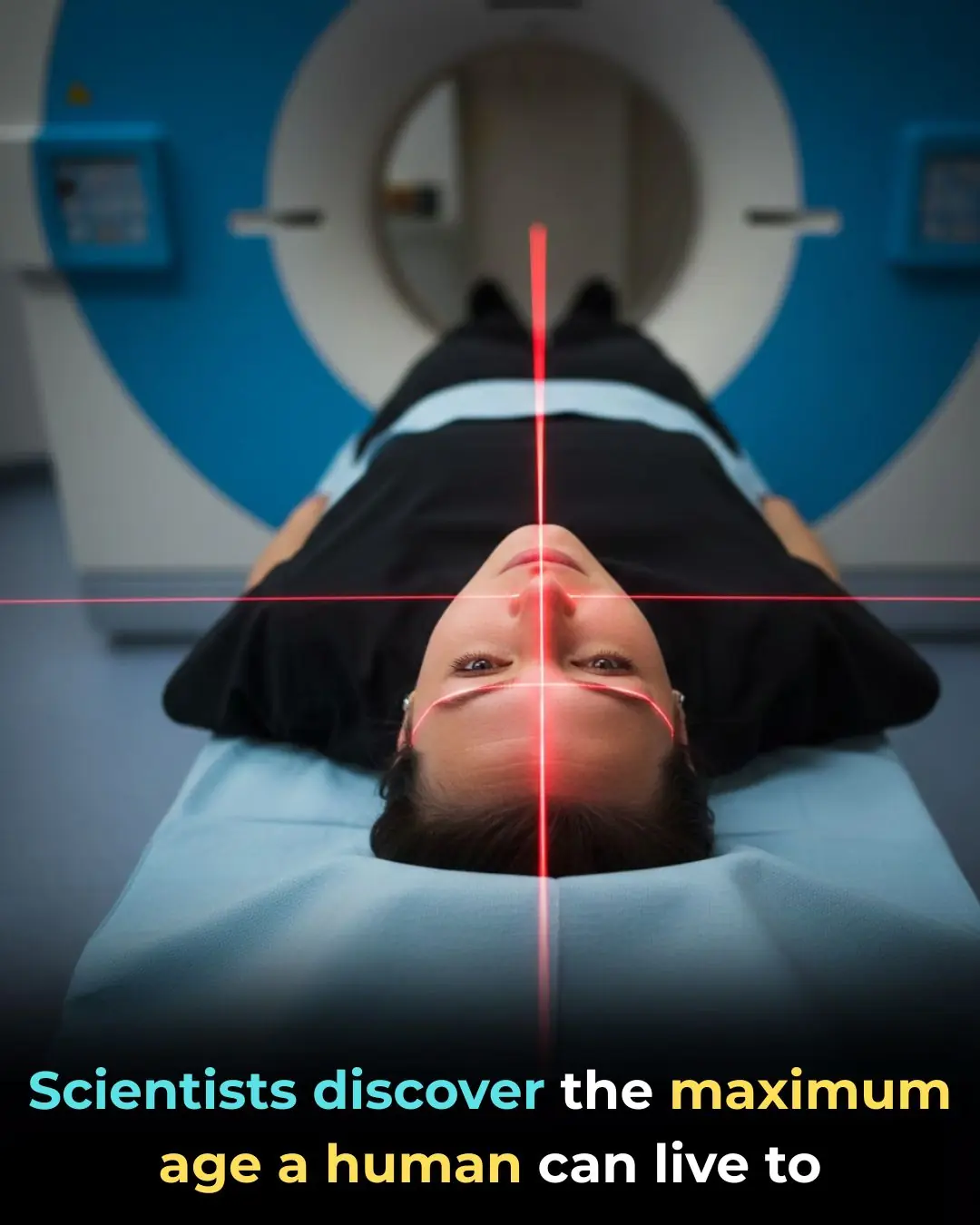
A World-First in Surgery: Removing a Spinal Tumor Through the Eye Socket

In a medical achievement that is already being hailed as a milestone in surgical history, doctors at the University of Maryland Medical Center have successfully removed a life-threatening spinal tumor — not through the neck or back, but through a patient’s eye socket. This unprecedented approach may change the future of skull base and spinal surgery forever.
👩⚕️ A 19-Year-Old Facing the Impossible
The patient, 19-year-old Karla Flores, was diagnosed with a chordoma, a rare and aggressive cancer that grows along the spine and skull base. Her tumor was located in an extremely dangerous area, tightly wrapped around her spinal cord and surrounded by critical nerves and arteries.
Traditional surgery would require entering through the skull or neck, both of which carried enormous risks — including paralysis, severe neurological injury, or even death.
Doing nothing was also not an option. Karla needed a miracle.
🔍 The Bold Idea: Enter Through the Eye
Instead of approaching from behind or below the skull, the surgical team chose a cutting-edge method known as transorbital endoscopic surgery, which allowed them to:
-
Make a small incision near the eye
-
Temporarily move the eyeball aside
-
Insert slim endoscopic instruments directly toward the tumor
-
Navigate around sensitive structures with minimal disruption
This path is sometimes referred to as the “third nostril”, highlighting how tiny, natural anatomical openings can be used as ultra-precise surgical corridors.
By going through the orbit, surgeons avoided:
-
Facial scarring
-
Opening the skull
-
Major trauma to the brain
-
High neurological risk
It was a bold decision — and one no medical team had ever attempted for a chordoma of this kind.
🧠 Precision, Technology, and Skill Working Together
Using advanced visualization tools, surgeons carefully maneuvered instruments between arteries, nerves, and soft tissue before finally reaching the tumor wrapped around Karla’s spinal cord.
Once the tumor was successfully removed, the team needed to rebuild what they had opened. They reconstructed the bone using:
-
Titanium supports
-
A bone graft taken from Karla’s hip
The result was not only medically successful — it was also cosmetically clean. Karla emerged without visible scarring and without the devastating neurological effects that traditional surgery might have caused.
🌈 Recovery and a Second Chance at Life
After the breakthrough operation, Karla is:
-
Cancer-free
-
Healing well
-
Regaining her strength
-
Dreaming again about her future — including becoming a manicurist
What could have been a diagnosis ending in disability or loss instead became a story of innovation, precision, and hope.
🌍 Why This Matters
This surgery marks a potential turning point in how doctors treat complex tumors in the skull base and upper spine. The success of the transorbital approach demonstrates:
-
Less trauma to the patient
-
Shorter recovery times
-
Improved cosmetic and neurological outcomes
-
A new pathway for cases once considered inoperable
If widely adopted, this technique could reshape neurosurgery, oncology, and skull base surgery around the world.
🩺 Medicine’s Next Frontier
Karla’s case proves that the boundaries of medical possibility are still expanding. With advanced imaging, powerful surgical tools, and surgeons willing to innovate, operations that once seemed unthinkable may soon become standard practice.
A spinal tumor removed through the eye socket — not science fiction, but a real-world triumph of modern medicine.
News in the same category


Time Travel That Actually Happens: How Flying East Can Take You “Back in Time”

Meghan Markle speaks out after Balenciaga designer revealed she invited herself to Paris fashion week

Serial Brooklyn dine-and-dash influencer caught avoiding the bill in dramatic video as local eateries wise up to scheme

A-list actress looks completely unrecognizable in new ‘Hunger Games’ trailer

Joey and Jesse Buss fired by Lakers after $10 billion sale as family feud with Jeanie explodes

I’M A CELEB HAD A SPECIAL ‘SMOKO RULE’ THAT ONLY APPLIED TO ONE LEGENDARY STAR

WHERE TO WATCH JOEY’S FRIENDS SPINOFF AS LOST EPISODES RELEASED AFTER 19 YEARS

PARIS JACKSON MAKES SHOCKING CLAIM ABOUT $10,000,000 WORTH OF DAD MICHAEL'S WILL

GRAPHIC VIDEO SHOWS CARDI B HAVING UMBILICAL CORD BEING MADE INTO JEWELLERY

A Daughter Loses Over 50 Pounds To Donate A Life-Saving Kidney To Her Dad

Walmart Cashier’s Random Act Of Kindness Towards Woman With Cerebral Palsy Will Absolutely Touch Your Heart

Co-workers Surprise Adopted Colleague With African Inspired Celebration After Tracing Roots Back to Africa

‘Jada Bout to Set That Red Table’: Jada Pinkett Smith Fans Warn Rapper Yo-Yo Over Her Shocking Confession About Tupac

‘Go Back Home Friend’: Vince Herbert’s Slim, Unrecognizable New Look Has Fans Telling Tamar Braxton It Might Be Time to Spin the Block

Grab A Tissue Before Watching This Father And Son Reunite After 37 Years

My Nana Taught Me a 1-Minute Hack to Remove Sticky Jar Labels — With Zero Effort

Actor Brian Tyree Henry Has Heartwarming Reunion With Morehouse Professor Who Inspired Acting Career

Whoa, I Had No Idea This Is Why Milk Jugs Have That Dent
News Post

Moss: The Underrated Climate Hero We’ve Been Ignoring

🐔 Amazing Health Benefits of Chicken Feet You Should Know

The Hidden Meaning Behind Tongue Piercings

World’s Largest Pumped Storage Power Station Goes Fully Operational in China

World-First Breakthrough: Stem Cells Reverse Type 1 Diabetes in Landmark Case

Time Travel That Actually Happens: How Flying East Can Take You “Back in Time”

Hank’s Second Chance: From Abandonment to Hope and Healing

If You Get These Bruises On Your Body

Numbness Or Tingling Sensations In Your Hands

Top 3 Vitamins for Hip Arthritis

Scientists Discover The Maximum Age a Human Can Live To

The Amazing Benefits of Using Frozen Cucumber for Gua Sha: A Natural and Effective Skincare Hack

This Collagen Drink Reverses Your Age by 10 Years

5 Ultimate Recipes Using Rice Water to Clear Dark Spots, Fade Blemishes, Erase Wrinkles and Get Gorgeous Skin

This Hair Oil Recipe Will Stop Hair Fall in Just One Use!

How to Make Potato Milk Cubes - The Ultimate DIY Remedy for Spotless Skin

Gram Flour And Fuller’s Earth Everyday Face Wash To Get Clear Skin

2-Minute Natural Black Shampoo for Grey Hair: A DIY Solution for Healthy, Vibrant Locks
